Pancreatic and Biliary Stone Extraction in Mumbai, India
Pancreatic and biliary stones are hardened deposits that form in the pancreas or bile ducts. These stones are typically formed from bile components or pancreatic secretions and can lodge in narrow ducts, leading to inflammation and life-threatening complications if left untreated. Traditionally treated through surgery, these conditions can now be managed safely and effectively through minimally invasive endoscopic procedures.
Dr. Vipulroy Rathod, a globally recognized gastroenterologist in Mumbai, India, shares, “We now have the tools to treat these conditions without surgery, scars, or long recovery times.” He adds, “With advanced imaging and precision-guided endoscopy, patients recover faster and return to their lives sooner.”
Dr. Vipulroy Rathod is a pioneer in advanced endoscopic procedures. With over three decades of experience and more than 20,000 EUS procedures to his credit, Dr. Rathod has led the way in non-surgical treatment of complex pancreatic and biliary diseases. His expertise in Endoscopic Retrograde Cholangiopancreatography (ERCP) and related technologies makes him a top choice for patients seeking pancreatic and biliary stone extraction in Mumbai, India, both locally and internationally.
What are the alternatives to open surgery for removal of stones? Let’s discuss Dr. Rathod’s high-tech procedures for pancreatic and bile duct stone removal in Mumbai.
Advanced Endoscopic Procedures for Stone Extraction by Dr. Vipulroy D. Rathod
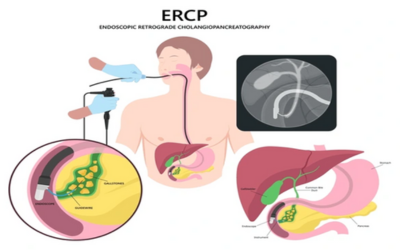
1. Endoscopic Retrograde Cholangiopancreatography (ERCP) in Mumbai:
A gold-standard technique for diagnosing and removing stones from the bile or pancreatic ducts. A flexible endoscope is navigated to the involved ducts, enabling accurate stone extraction under real-time imaging.
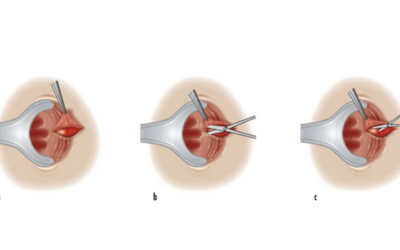
2. Endoscopic Sphincterotomy:
A small incision is made at the sphincter of Oddi (the duct opening) to widen access to the duct, making stone removal smoother and reducing the chance of recurrence.
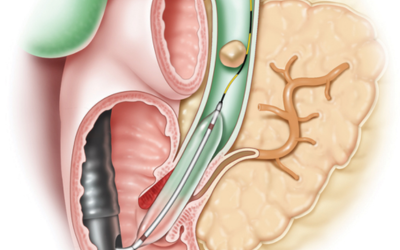
3. Balloon Extraction Technique:
A deflated balloon is passed beyond the stone, inflated, and pulled back gently to sweep stones out of the duct without damaging tissue.
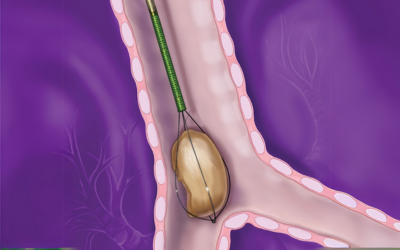
4. Basket Retrieval Technique:
Used for larger or multiple stones, a wire basket is inserted via the endoscope to trap and extract stones safely and effectively.
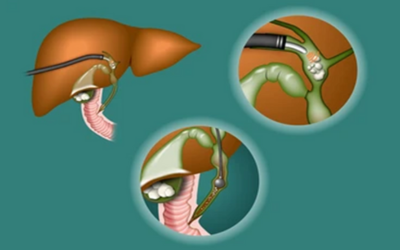
5. Mechanical Lithotripsy:
If stones are too large to be taken out in one piece, this method breaks them into pieces using a mechanical instrument so that it is easy and safe to remove.
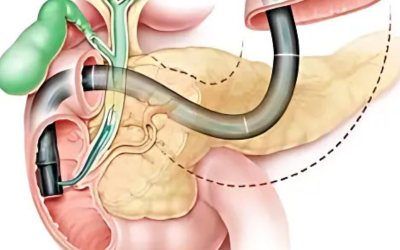
6. SpyGlass Cholangioscopy (Direct Visualization):
In complicated or repetitive cases, this high-tech fiber-optic system allows for direct visualization within the duct, facilitating greater accuracy in targeted stone extraction.
Dr. Vipulroy D. Rathod's Approach to Minimally Invasive Stone Extraction
1. Detailed Pre-Procedural Imaging and Diagnosis
Every case begins with high-resolution imaging such as EUS (Endoscopic Ultrasound) or MRCP (Magnetic Resonance Cholangiopancreatography). This ensures accurate detection of the size, number, and location of stones before any intervention.
2. Personalized Procedure Planning
Each patient's treatment plan is customized based on duct anatomy, stone complexity, age, comorbidities, and risk factors. Dr. Rathod's approach avoids a "one-size-fits-all" method.
3. Precision-Guided Endoscopy
Using tools like ERCP and SpyGlass cholangioscopy, Dr. Rathod achieves real-time visualization and targeted stone removal—ensuring zero collateral damage to surrounding tissues.
4. Use of Minimally Invasive Instruments
Instead of open incisions, the procedure uses endoscopic devices passed through natural orifices, reducing pain, hospital stay, and visible scarring.
5. Patient Comfort and Sedation Safety
Procedures are conducted under conscious sedation or light anesthesia, ensuring patient comfort without the risks associated with general surgery.
6. Post-Procedure Monitoring and Discharge
Patients are observed for a few hours post-procedure and are often discharged the same or next day with detailed recovery instructions and follow-up plans.
7. Ongoing Follow-up and Lifestyle Support
Follow-up includes dietary guidance, recurrence prevention strategies, and virtual reviews, especially helpful for international or out-of-station patients.
Confused between open surgery and endoscopic biliary obstruction treatment in Mumbai? Here’s why modern patients are choosing endoscopy over conventional methods.
Advantages of Endoscopic Removal Over Open Surgery for Stones
Dr. Rathod emphasizes individualized treatment strategies:
No Incisions or Scars:
Procedures are performed via the mouth using endoscopic tools, leaving no external marks.
Shorter Recovery Time:
Recovery from endoscopic stone removal typically takes 1–3 days, unlike open surgery.
Minimal Blood Loss:
The procedure involves very little to no bleeding, unlike conventional surgery which carries a higher risk of blood loss.
Suitable for High-Risk or Elderly Patients:
Patients who are unfit for general anesthesia or major surgery can still undergo safe stone extraction via endoscopy.
Lower Risk of Infection:
Minimally invasive techniques reduce the risk of post-operative infections significantly.
Reduced Hospital Stay:
Most patients return home within 24 hours, avoiding prolonged hospitalization.
Cost-Effective:
Faster recovery and fewer complications result in lower overall treatment costs.
Repeatable and Safe:
Endoscopic treatments can be safely repeated in the event of stone recurrence, making the procedure most suitable for patients with a history of recurrent stone formation.
Looking for expertise in GI endoscopy? Here’s why patients choose Dr. Rathod.
Why Patients Choose Dr. Vipulroy D. Rathod for Pancreatic and Biliary Stone Extraction in Mumbai?
1. Unmatched Experience in Endoscopy
With over 80,000 endoscopic procedures and 20,000+ EUS cases, Dr. Rathod brings decades of hands-on expertise to every patient.
2. Pioneer in ERCP and Advanced Stone Removal
Among the first in South Asia to mainstream ERCP and cholangioscopy for complex stone extraction with superior outcomes.
3. Precision with Compassion
Known for combining advanced techniques with a compassionate, patient-first approach that puts comfort and outcomes at the center of care.
4. Globally Trained, Internationally Recognized
Trained under endoscopy legends in Germany and the U.S., and invited as faculty to prestigious universities including Yale and Cambridge.

5. Trusted by International Patients
Regularly consulted by patients from the Middle East, Southeast Asia, Africa, and beyond—thanks to his clinical excellence and global reputation.
6. State-of-the-Art Equipment
Utilizes advanced tools like SpyGlass cholangioscopy, mechanical lithotripsy, and balloon/basket techniques for high-precision results.
7. Proven Safety Record
Maintains a <1% complication rate and 0% in-hospital mortality—a benchmark in GI endoscopy.
8. Comprehensive Follow-up and Support
Offers virtual follow-ups, personalized post-procedure care, and dietary guidance to ensure long-term relief and satisfaction.
Frequently Asked Questions
Advanced endoscopic procedures, such as ERCP, enable the safe removal of obstructions using instruments passed through a flexible tube inserted through the mouth
ERCP (Endoscopic Retrograde Cholangiopancreatography) is an outpatient procedure performed under sedation—most patients experience no pain.
Most of the patients recover within 24–72 hours and return to usual activities within a few days.
Yes, recurrence can occur; however, it is less likely with proper dietary management and regular follow-up care.
They can cause severe infections, jaundice, pancreatitis, or liver damage if not removed promptly.
Yes. Dr. Rathod’s clinic provides travel coordination, documentation, and follow-up services for international patients.
It is required in most cases for a day-care or overnight stay, depending on the case’s complexity.
Disclaimer: The content shared on this page is for informational purposes and not for promotional use.
